Report warns thousands of vulnerable girls who are at risk of violence, exploitation, harm, and involvement with gangs are being left without help and are suffering in silence
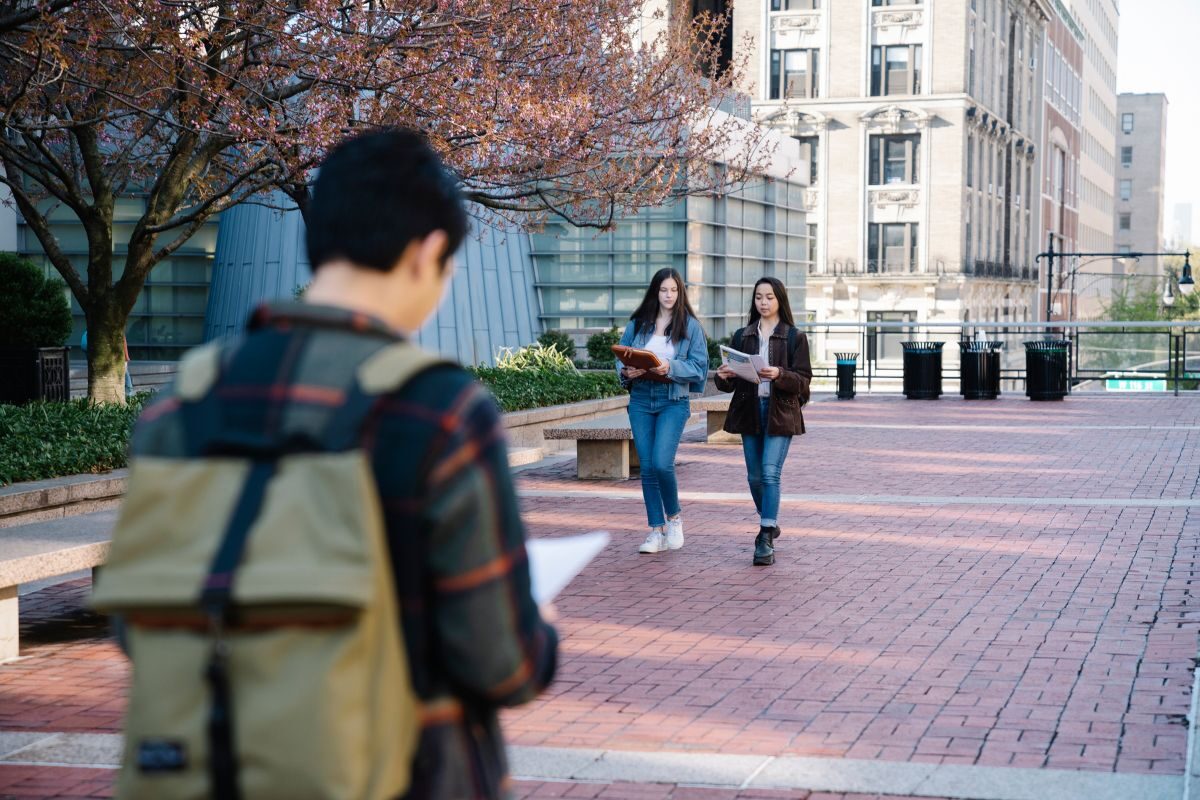
- Commission on Young Lives and Manchester Metropolitan University report warns many thousands of girls in England are at risk of or are suffering from harm due to gangs and exploitation and suggests a third of the young people at risk of involvement with serious violence could be girls.
- A lack of recognition of the scale of these problems and an under-reporting of concerns or risks to girls is leaving many invisible to services and help. The report warns most youth justice and criminal gang prevention activities are aimed at boys.
- Referrals to one organisation providing crisis care for girls and young women doubled since Covid as it expanded its services.
- Report calls for Government to prioritise tackling violence against girls in and around gangs, with dedicated support workers in areas of high violence.
- Analysis of early intervention projects shows how girls can be protected from harm and supported to succeed.
- Report recommends educational programmes to tackle the spread of misogynistic messages from social media influencers and says consent and healthy relationships should be introduced in primary schools from Year 5 onwards.
Anne Longfield’s Commission on Young Lives and the Manchester Metropolitan University’s Manchester Centre for Youth Studies are today (Wednesday 19th July) publishing a joint report, “Keeping Girls and Young Women Safe: Protecting and supporting girls and young women at risk of exploitation, violence, gangs and harm”.
The report estimates there are tens of thousands of girls in England who are vulnerable to serious violence and that many of these girls are likely to also be at risk of sexual or criminal exploitation. It says that behind closed doors there are many vulnerable girls and young women in England who are being groomed into holding weapons or drugs for boys, young men, or gangs, and who are victims of sexual assault, rape, and violent relationships. They are living with extreme risks, and their life chances are being diminished as a result.
The report warns that Covid has worsened many of these risks, yet the support systems to divert and protect girls and young women have not received the same level of attention as those for boys and young men at risk of county lines and serious violence. The number of girls and young women referred to services provided by Redthread, a charity which empowers children and young people to break free from cycles of violence and exploitation, in London, Birmingham, and Nottingham have doubled since Covid.
It has been estimated that over 200,000 children in England aged 11-to-17 are vulnerable to serious violence. It is estimated that around 20% to 30% are girls. This suggests that there could be as many as 60,000 girls in England vulnerable to serious violence. Many of these girls are likely to also be at risk of sexual assault and criminal exploitation.
The report says most of these girls are not ‘gang members’ themselves, but some are involved with or affected by gangs, and they are being exposed to environments where there are very high levels of control, sexual exploitation, and criminal activity.
The report highlights the success of the Manchester-based Getting Out for Good project, a multi-partner collaborative approach to changing the lives of gang affected girls and young women which worked with over a hundred girls. Its analysis of GOFG’s work shows how it is possible to engage with vulnerable girls and young women who often have a strong distrust of statutory services. The project recognises the varied and different needs of girls and young women who are at risk of, or who are the victims of, violence, trauma, abuse, and harm.
The Commission and Manchester Metropolitan University make a range of policy recommendations to improve support for vulnerable girls and young women, including:
- The protection of girls and young women from harm in gang related contexts should be a priority in safeguarding frameworks, and among wider violence against women and girls’ strategies.
- Specialist educational programmes for all secondary schools in violence hot spot areas and all Pupil Referral Units that support girls to stay safe from exploitation, control, and harm.
- Educational programmes to tackle the spread of misogynistic messages via social media influencers and to explore issues around consent and healthy relationships should be introduced in primary schools from Year 5 onwards.
- The risk of exclusion or non-attendance at school and going missing should trigger an automatic referral to a Girls Practitioner to be based in local Youth Practitioner teams in and around schools.
- Training for teachers, health professionals, the police, and children’s services to raise awareness of the impact of vulnerability and trauma on girls and young women.
- Place-based, multi-disciplinary teams are established around secondary schools to ensure joined up accessible support for girls and families. Data and information around risk is collected and shared.
- Specialist youth programmes to support girls at risk of harm, control and exploitation are made a priority for the Department for Culture, Media and Sport’s Youth Promise funding.
- Specialist girls and young women practitioners are based in Accident and Emergency Departments in all 20 violence hot spot areas.
- Specialist understanding and support for vulnerable girls and young women is made a priority for preventative work of all Youth Offending Teams.
Anne Longfield, Chair of the Commission on Young Lives, said:
“The horrific consequences of gang violence on boys are played out regularly on our streets and in the news and are rightly a major cause of concern. But it is now clear that thousands of girls are also being harmed, sexually assaulted, raped or controlled in a way and on a scale that is not being recognized.
“Sadly, girls’ experiences are often hidden – out of sight and out of mind with most of the services and support to tackle serious violence, county lines and exploitation focusing on boys.
“We have heard how young men are often treated in one way, and young women in another. Young women arriving at an A&E with mental health crises caused by traumatic experiences are less likely to be asked what is going on in their lives than a boy who arrives having been stabbed.
“Too many vulnerable girls and women are suffering in silence. We have heard repeatedly how many girls do not feel able to talk about what is happening to them. They don’t want to approach anyone for support because they are scared and feel unsafe. They can feel ashamed to talk about being abused or exploited.
“If we don’t recognise the prevalence of violence and control experienced by some vulnerable girls and young women, it will remain unseen and undetected, with devastating effects.
“The ‘adultification’ of BME girls also continues to undermine support for some young women, with too many Black and mixed girls being seen as more resilient and more able to cope with situations that should demand intervention.
“It is time to recognise the threats and risks facing girls and break the conspiracy of silence that has left too many vulnerable young women without the access to support that can protect them from exploitation harm and encourage them to meet their aspirations.”
Dr Deborah Jump, Deputy Director of the Manchester Centre for Youth Studies at Manchester Metropolitan University, said:
“Our research and evidence gathering provide a clear sense of direction for policy makers seeking to tackle these problems, support girls and young women to succeed and prevent harm. A greater focus – alongside investment – in early help and the development of community, gender-based, culturally representative, trauma-informed support is key. Creating environments where girls and young women can build trusted relationships with people who they can relate to, and go on to disclose what is going on, is crucial.
“The Getting Out for Good project has highlighted how critical mental and emotional health support is to building girls and young women’s agency and capital. It shows how important it is to follow an approach that takes girls and young women seriously and recognise that their needs and that sense of agency should be developed as part of a holistic approach, not just as an add-on to male-focused gang prevention work.
“We are encouraged by the progress made by some of the local interventions now underway. But these are very small scale and in their infancy. We remain concerned that there is a significant lack of focus in both policy and funding on the needs of vulnerable girls and young women that is leaving many at risk of significant harm.”

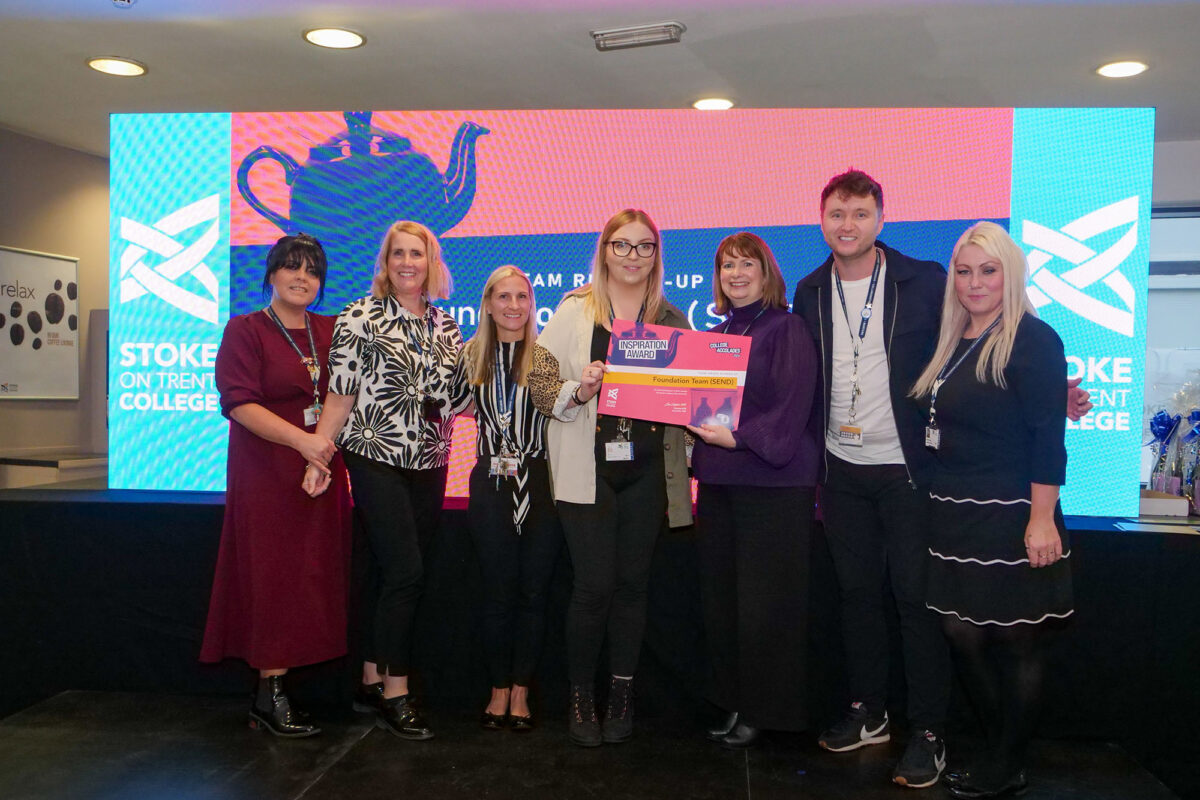
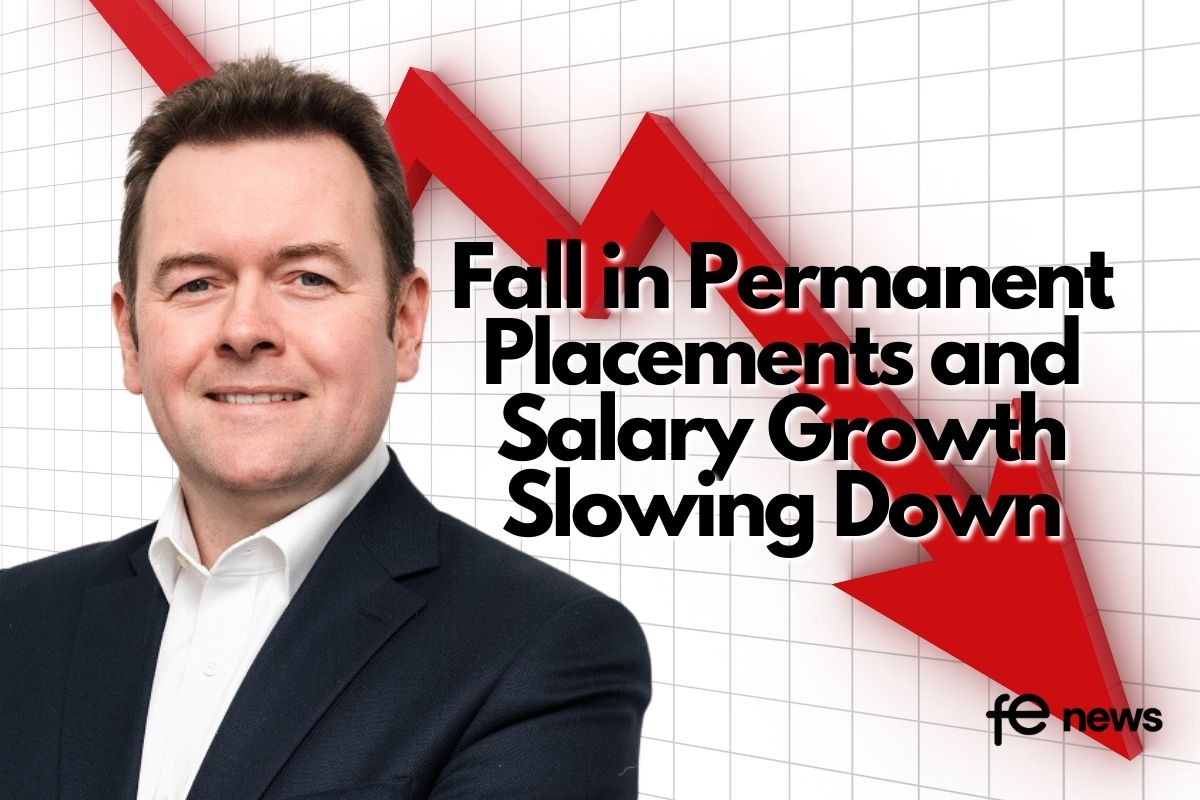


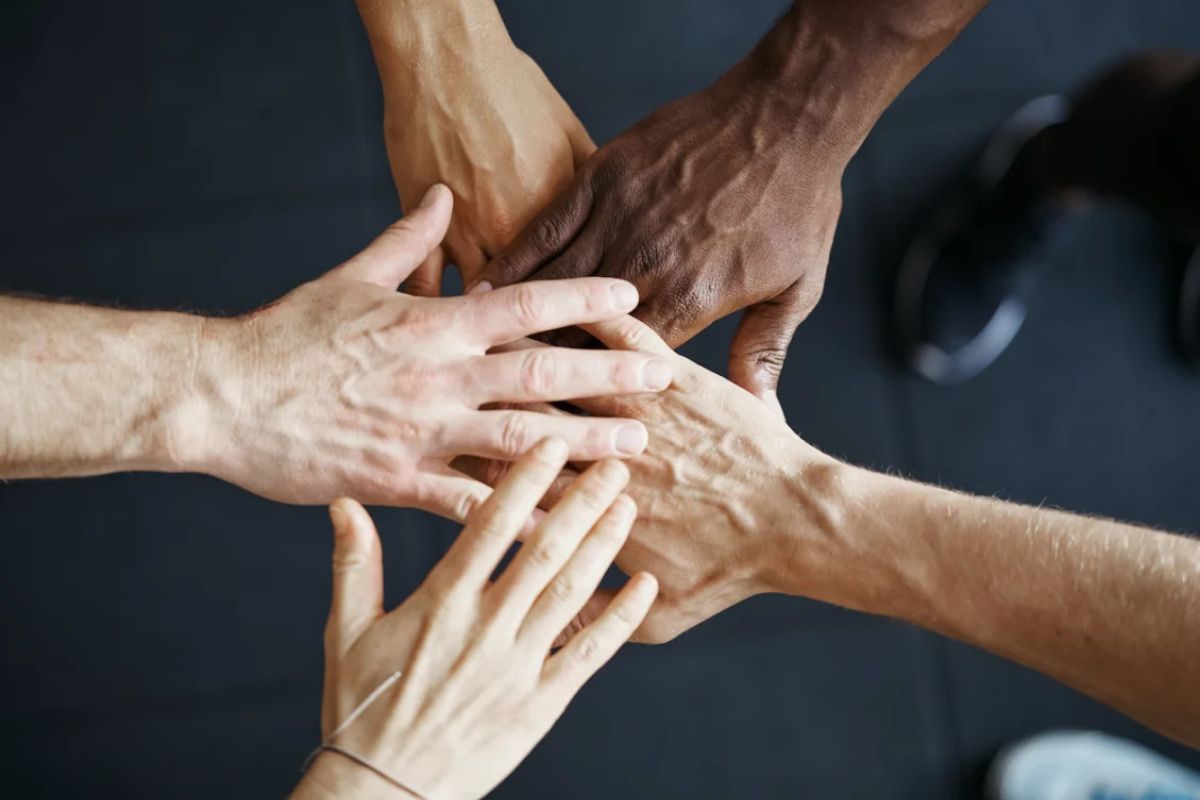



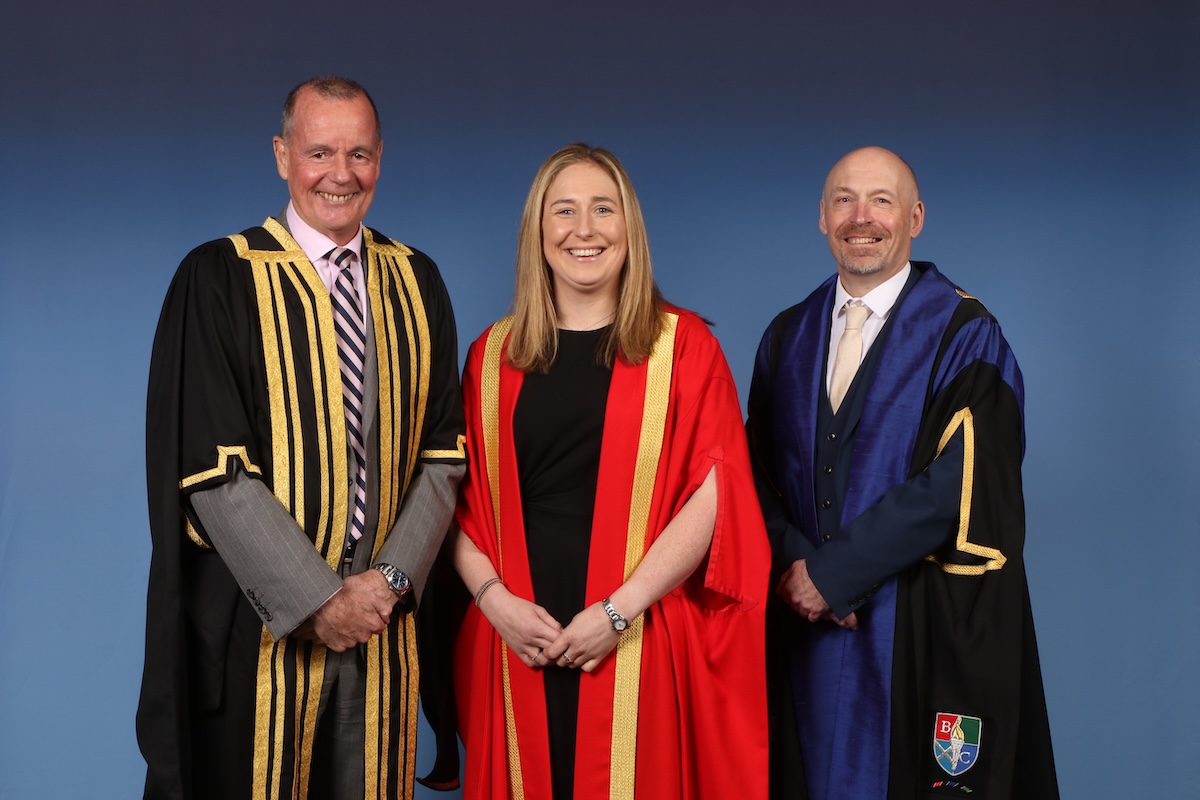
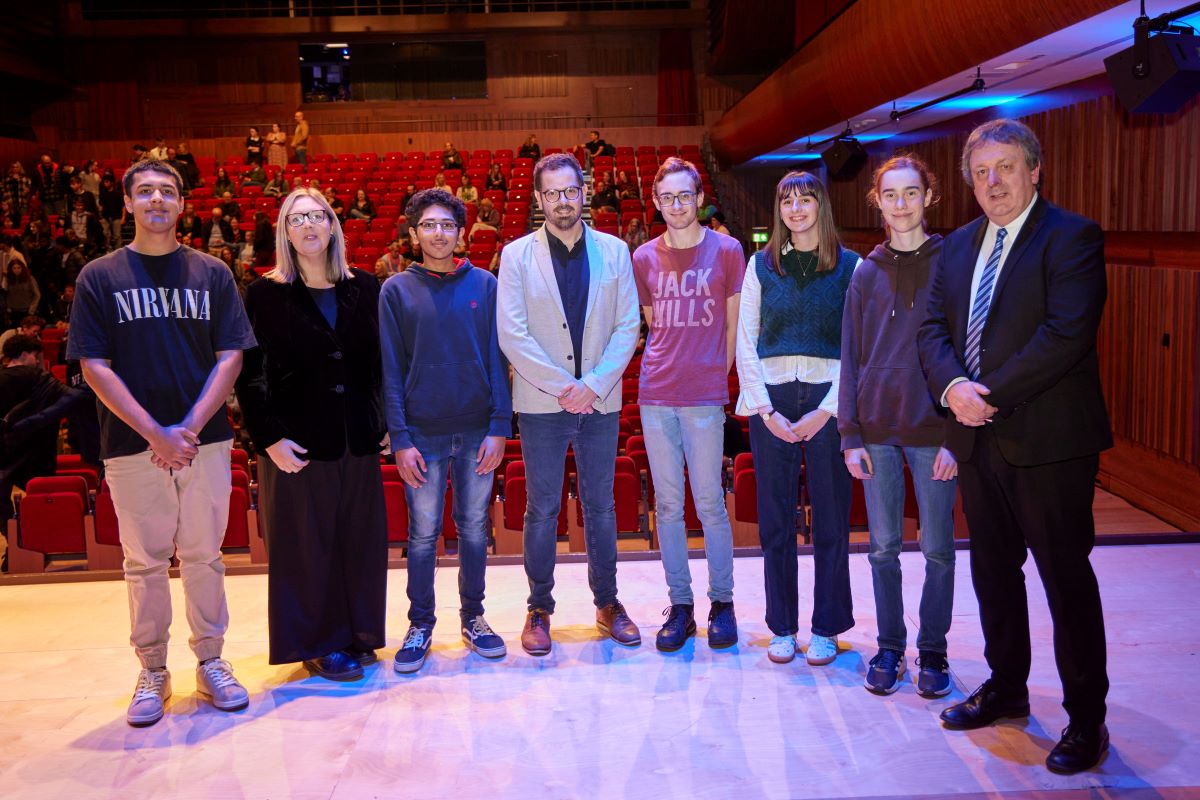
Responses